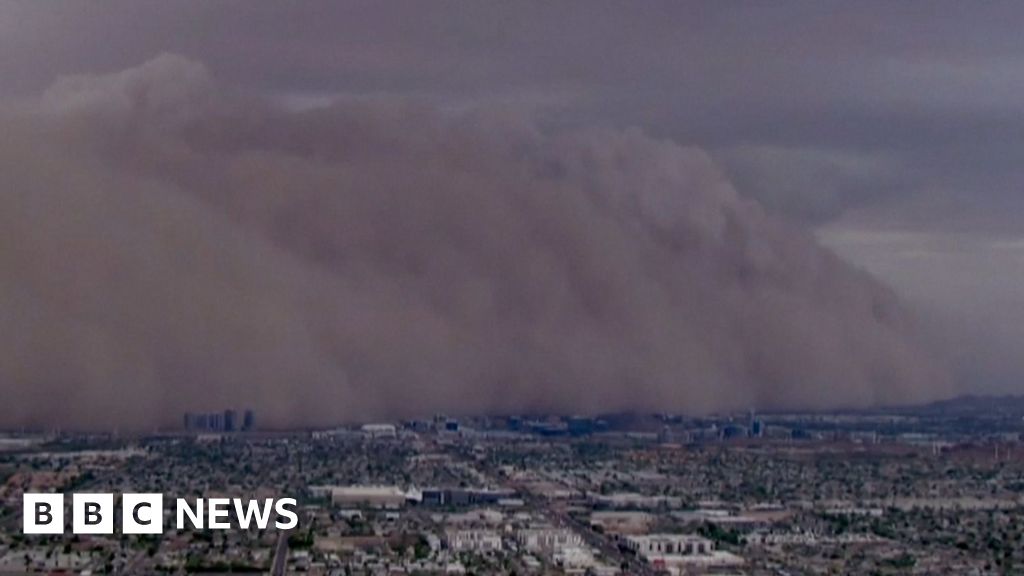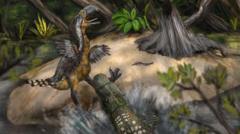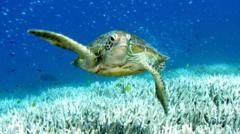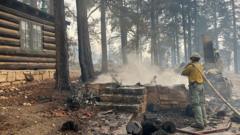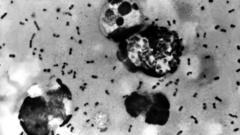The jawbone of the ancient creature was initially discovered back in 2011 in a stunning fossil bed located in the Petrified Forest National Park, but it was only through advanced scanning techniques that researchers could detail its unique classification. The species name, Eotephradactylus mcintireae, translates to "ash-winged dawn goddess," inspired by the volcanic ash that preserved the specimen in the once-lively riverbed ecosystem over 200 million years ago.
Dr. Ben Kligman, part of the team from the Smithsonian's National Museum of Natural History, explains that the jawbone belongs to the earliest pterosaur discovered in North America, estimated to be around 209 million years old. The fossil bed offers a rare glimpse into a prehistoric world where various creatures, from giant amphibians to armored crocodile ancestors, thrived alongside predecessors of modern species like frogs and turtles.
“Fossils from this period are often fragile and can easily be destroyed, but this site has preserved a snapshot of an ecosystem,” Dr. Kligman emphasizes. The specimen provides a fascinating connection to Triassic lifeforms that have long since vanished, demonstrating both evolutionary transitions and the diversity of ancient species.
Further analysis of the pterosaur’s teeth indicated its feeding habits, likely preying on primitive fish covered in tough scales, thanks to the significant wear observed on the tooth tips. “This discovery not only enhances our understanding of pterosaurs but also highlights the significance of fossil beds like these in identifying ecological relationships and evolutionary developments,” added Dr. Kligman.
The research reveals that similar fossil-rich areas from the Triassic could exist worldwide, hinting at more discoveries awaiting in the ancient rocks beneath our feet, connecting us with millions of years of biological history.
Dr. Ben Kligman, part of the team from the Smithsonian's National Museum of Natural History, explains that the jawbone belongs to the earliest pterosaur discovered in North America, estimated to be around 209 million years old. The fossil bed offers a rare glimpse into a prehistoric world where various creatures, from giant amphibians to armored crocodile ancestors, thrived alongside predecessors of modern species like frogs and turtles.
“Fossils from this period are often fragile and can easily be destroyed, but this site has preserved a snapshot of an ecosystem,” Dr. Kligman emphasizes. The specimen provides a fascinating connection to Triassic lifeforms that have long since vanished, demonstrating both evolutionary transitions and the diversity of ancient species.
Further analysis of the pterosaur’s teeth indicated its feeding habits, likely preying on primitive fish covered in tough scales, thanks to the significant wear observed on the tooth tips. “This discovery not only enhances our understanding of pterosaurs but also highlights the significance of fossil beds like these in identifying ecological relationships and evolutionary developments,” added Dr. Kligman.
The research reveals that similar fossil-rich areas from the Triassic could exist worldwide, hinting at more discoveries awaiting in the ancient rocks beneath our feet, connecting us with millions of years of biological history.












